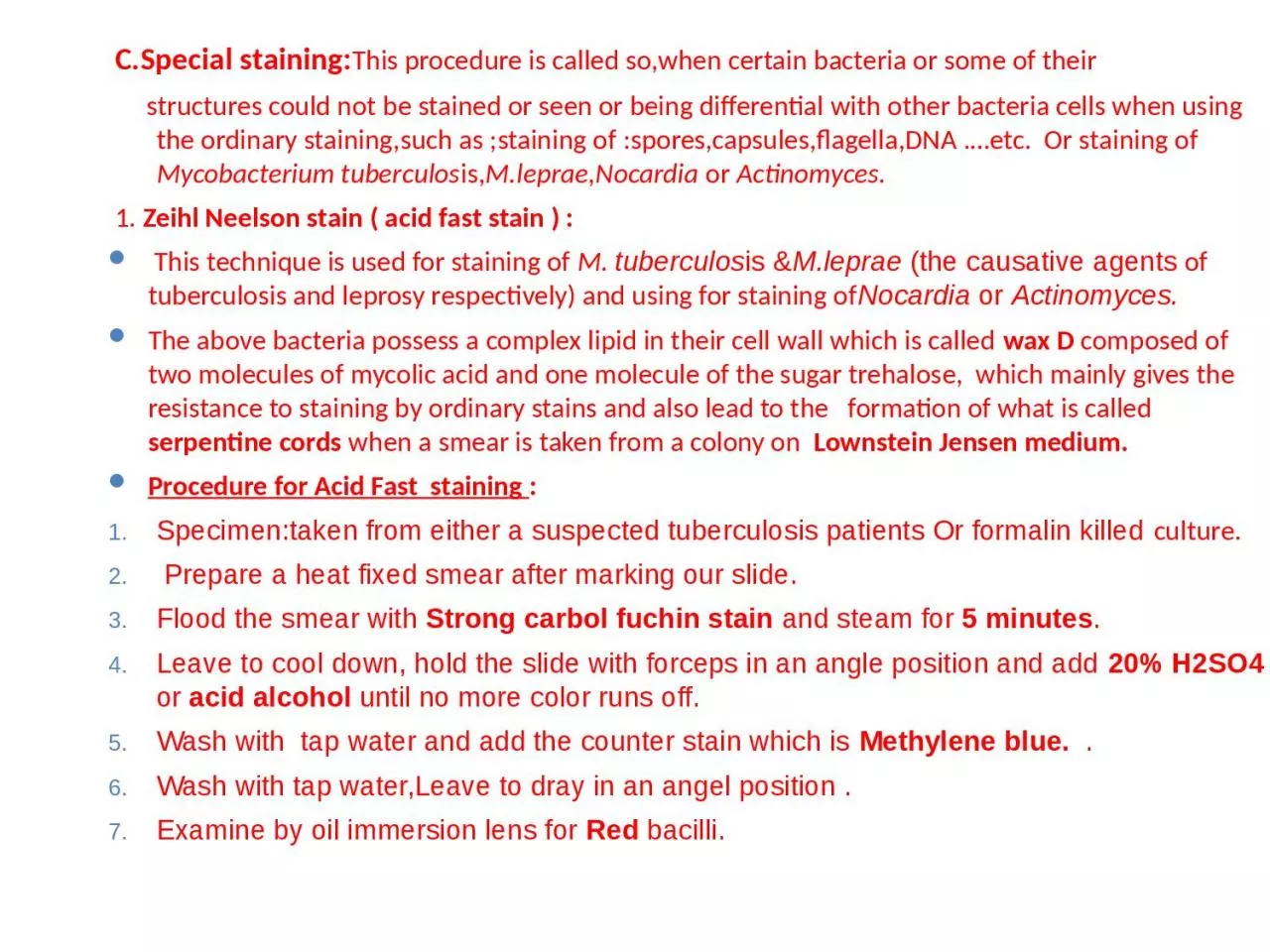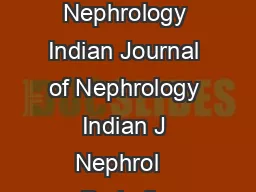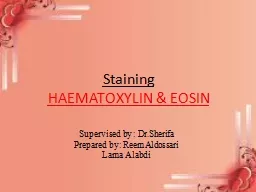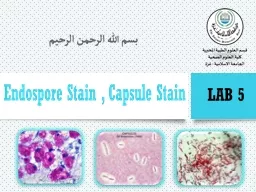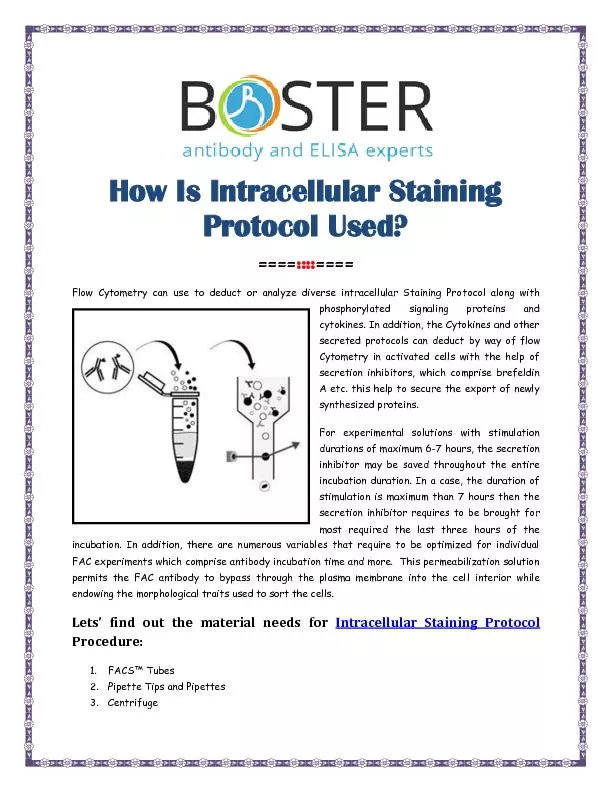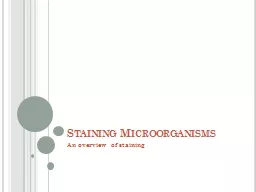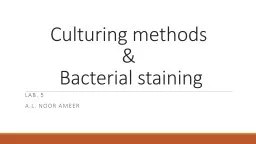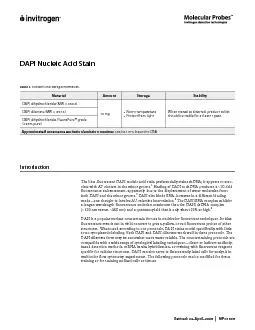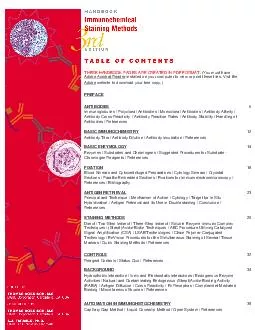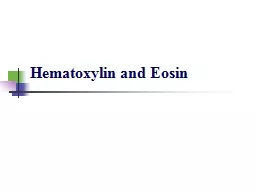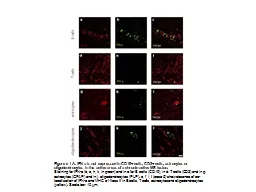PPT-C.Special staining:
Author : carny | Published Date : 2023-09-24
This procedure is called sowhen certain bacteria or some of their structures could not be stained or seen or being differential with other bacteria cells when
Presentation Embed Code
Download Presentation
Download Presentation The PPT/PDF document "C.Special staining:" is the property of its rightful owner. Permission is granted to download and print the materials on this website for personal, non-commercial use only, and to display it on your personal computer provided you do not modify the materials and that you retain all copyright notices contained in the materials. By downloading content from our website, you accept the terms of this agreement.
C.Special staining:: Transcript
Download Rules Of Document
"C.Special staining:"The content belongs to its owner. You may download and print it for personal use, without modification, and keep all copyright notices. By downloading, you agree to these terms.
Related Documents

